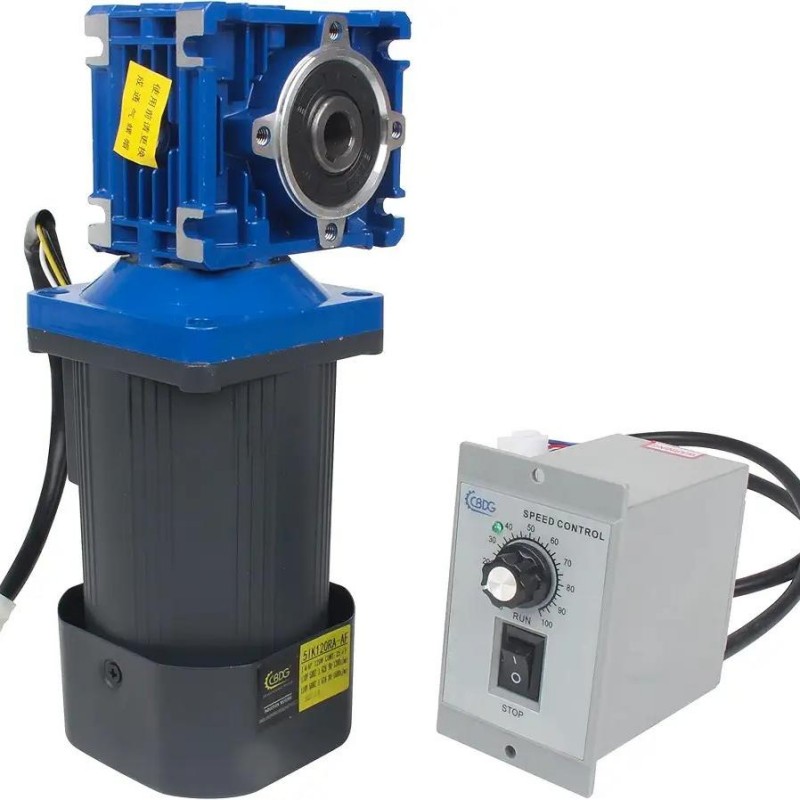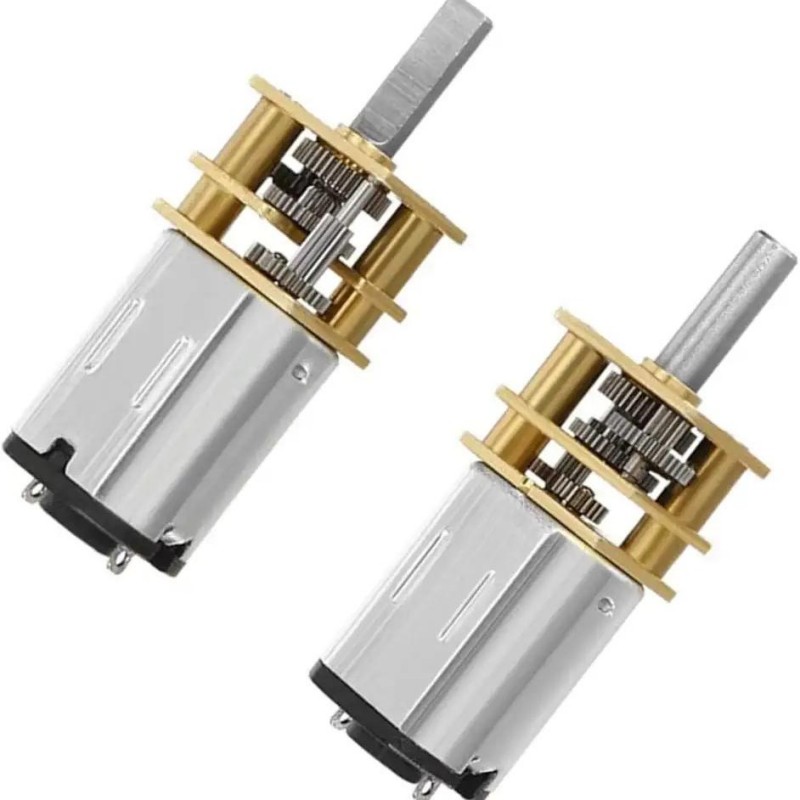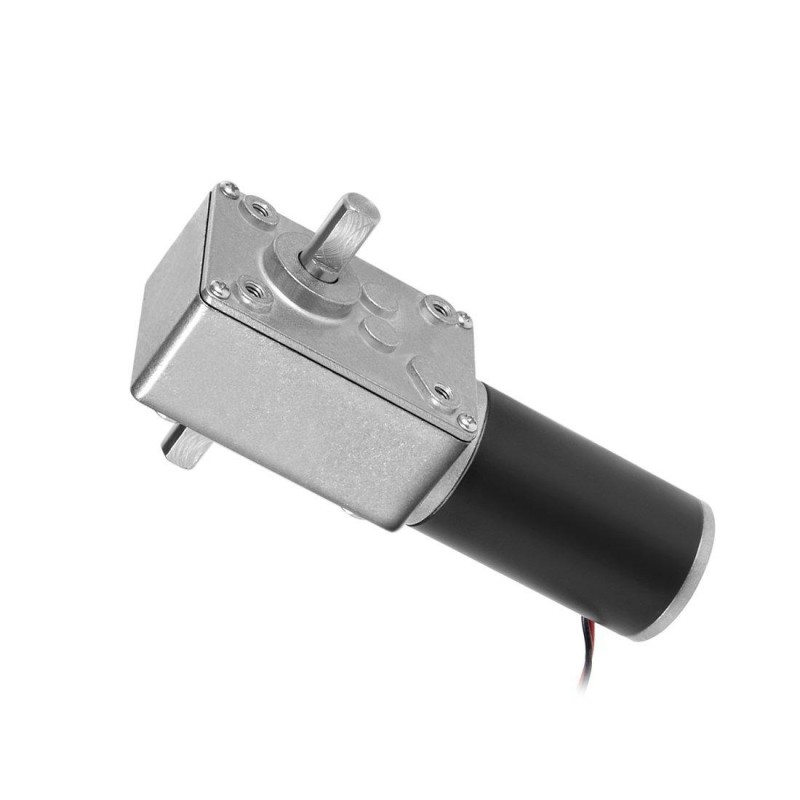
When it comes to maintaining a comfortable indoor environment, electric fans are an indispensable tool. They not only help regulate temperatures but also enhance air circulation in various settings, from homes to large industrial spaces. A key component that contributes to the efficiency, longevity, and overall function of these fans is the electric fan gearbox. This vital element connects the motor to the fan blades, facilitating the conversion of motor speed into mechanical power for optimal air movement. Understanding the intricacies of the electric fan gearbox not only sheds light on how electric fans operate but also emphasizes the importance of this device in energy efficiency, noise reduction, and performance. In this article, we will delve deeply into the workings of electric fan gearboxes, explore their types, highlight the benefits of using them, and provide useful maintenance tips to ensure their optimal functioning.

Understanding the Electric Fan Gearbox
Electric fan gearboxes serve as a critical intermediary between the electric motor and the fan blades. Essentially, they are designed to transmit power from the motor while allowing the fan to operate at the appropriate speed. This device typically comprises two main components: the gear system and the housing. The gear system is responsible for transforming the high-speed rotation of the motor into lower speeds with higher torque, enabling more efficient air movement by the fan blades.
The housing, usually made of durable materials, protects the internal gears and mechanisms from dust, moisture, and other environmental factors. Electric fan gearboxes come in various designs and configurations, which we’ll explore further in the subsequent sections, showcasing how innovation in design continues to enhance fan performance and sustainability.
Types of Electric Fan Gearboxes
Electric fan gearboxes can be categorized based on their configuration, gear type, and application. Here’s an outline of the most common types:
Planetary Gearbox
The planetary gearbox is highly favored in modern electric fans due to its efficiency and compact design. It consists of a central sun gear, planet gears that revolve around it, and a ring gear that encases them. This arrangement allows for a high power-to-weight ratio and lower backlash, leading to smoother operation and minimal noise. Planetary gearboxes are ideal for applications requiring high torque and low speed, making them perfect for large industrial fans.
Worm Gearbox
Another common type is the worm gearbox, which uses a screw-like worm to engage with a worm wheel. This configuration provides a significant speed reduction and high torque output. While worm gearboxes can be less efficient due to sliding friction, they offer the advantage of compact sizes, making them suitable for smaller electric fans. They are known for their ability to maintain position under load, making them reliable in certain applications.
Bevel Gearbox
Bevel gearboxes are characterized by their angled gears that transmit motion at perpendicular angles. They are typically used in applications where space constraints require a change in direction of the drive shaft. Bevel gear systems can facilitate higher speeds and are common in both commercial and residential fans where design versatility is essential.
Helical Gearbox
Helical gearboxes feature gears with helical teeth, allowing for smooth and quiet operation. They offer higher efficiency and load distribution compared to spur gears, which makes them a preferred choice for various electric fans. Their design minimizes vibration and noise, thus enhancing the overall user experience.
Custom Gearboxes
Custom gearboxes are tailored to meet specific requirements based on the application. Manufacturers design them to integrate seamlessly into unique fan designs that may not fit standard configurations. These gearboxes often involve advanced technology and materials, allowing for optimized performance in specialized environments, such as clean rooms or hazardous locations.

Importance of Electric Fan Gearbox in Energy Efficiency
The electric fan gearbox plays a crucial role in enhancing the energy efficiency of electric fans. When fans can operate at optimal speeds and torque levels, they consume less electricity, leading to reduced energy bills and lower environmental impact. Gearboxes allow for better control over fan speeds, enabling users to adjust settings according to their needs and thus minimizing wasted energy.
In industrial applications, where fans operate continuously, the benefits become even more pronounced. An efficient electric fan gearbox can lead to significant energy savings over time. Moreover, modern gearboxes are designed with materials and technologies that reduce friction, further enhancing efficiency.
Advantages of Using Electric Fan Gearboxes
Integrating an electric fan gearbox into fan design comes with numerous advantages that elevate performance and usability. Some key benefits include:
Enhanced Performance
By optimizing motor speed and torque transfer to the fan blades, gearboxes improve overall airflow and cooling effectiveness. This enhanced performance is vital in both residential and industrial settings, where maintaining optimal temperature is crucial.
Noise Reduction
Electric fan gearboxes, when designed correctly, help minimize operational noise. The way gears mesh, along with their arrangement, can significantly reduce vibrations that lead to sound. For environments requiring silence, such as offices or hospitals, this benefit is indispensable.
Increased Durability
A well-designed electric fan gearbox contributes to the overall durability of the fan. As gearboxes protect the motor from excessive loads and stresses during operation, they help in prolonging the lifespan of the entire fan assembly.
Flexibility and Adaptability
Electric fan gearboxes allow for greater flexibility in fan design. By enabling different speed outputs and configurations, engineers can create fans tailored to specific applications, optimizing performance across diverse environments.

Cost-Effectiveness
Although there may be an initial investment in a quality gearbox, the long-term savings from reduced energy consumption, extended lifespan, and maintenance will justify the cost. In industrial settings, these factors lead to decreased operational costs, making gearboxes a worthwhile investment.
Maintenance Tips for Electric Fan Gearboxes
To ensure the longevity and consistent performance of an electric fan gearbox, regular maintenance is essential. Here are some tips to keep your gearbox in good shape:
Regular Inspection
Periodically inspecting the gearbox for signs of wear or damage can prevent larger issues down the road. Look for any unusual noises, vibrations, or heating during operation as these can be indications of underlying problems.
Lubrication
Proper lubrication is crucial for reducing friction and wear in the gears. Ensure that the gearbox is adequately lubricated according to the manufacturer’s specifications. This will not only enhance efficiency but also help in noise reduction.

Cleanliness
Keeping the gearbox and surrounding areas clean from dust and debris will prevent contaminants from entering the housing and causing damage. Use appropriate cleaning materials that won’t harm the gearbox components.
Monitoring Temperature
Check the temperature of the gearbox during operation. Excessive heat can indicate that the gearbox is working harder than it should, often due to insufficient lubrication or overloading. Addressing these issues promptly can extend the gearbox’s life.
Professional Servicing
Consider having professionals service your electric fan gearbox at regular intervals. They have the tools and expertise to perform thorough checks, ensuring that any potential issues are addressed promptly.
Future Trends in Electric Fan Gearboxes
As technology progresses, electric fan gearboxes are expected to evolve significantly. The following trends are likely to shape the future of gearbox design and implementation:
Increased Use of Smart Technologies
With the rise of smart home devices and industrial automation, electric fan gearboxes are likely to become increasingly integrated with intelligent control systems. This will allow for enhanced monitoring and adjustment capabilities, optimizing performance based on real-time data.
Focus on Sustainability
As the world moves towards greener alternatives, electric fan gearbox designs are anticipated to incorporate more sustainable materials and manufacturing processes. Innovations in this area can help reduce environmental footprints while maintaining performance.

Lightweight Materials
Research into lightweight yet durable materials is expected to revolutionize gearbox design. Using advanced composites and alloys can lower fan weights while enhancing performance, paving the way for more efficient cooling solutions.
Conclusion
The electric fan gearbox is a crucial component that significantly impacts the performance, energy efficiency, and durability of electric fans. From facilitating power transfer from the motor to the blades to enhancing airflow and minimizing noise, the gearbox is an unsung hero in the world of fan technology. By understanding its various types and the advantages they provide, users can make informed decisions that lead to better cooling solutions tailored to their needs.
Recognizing the importance of regular maintenance also extends the life of fan gearboxes, ensuring continued efficiency and effectiveness. As technology continues to advance, the future of electric fan gearboxes looks promising, particularly with the integration of smart technologies and a focus on sustainability. Ensuring that electric fans equip the best gearboxes can lead to increased comfort and energy savings in our homes and workplaces.




